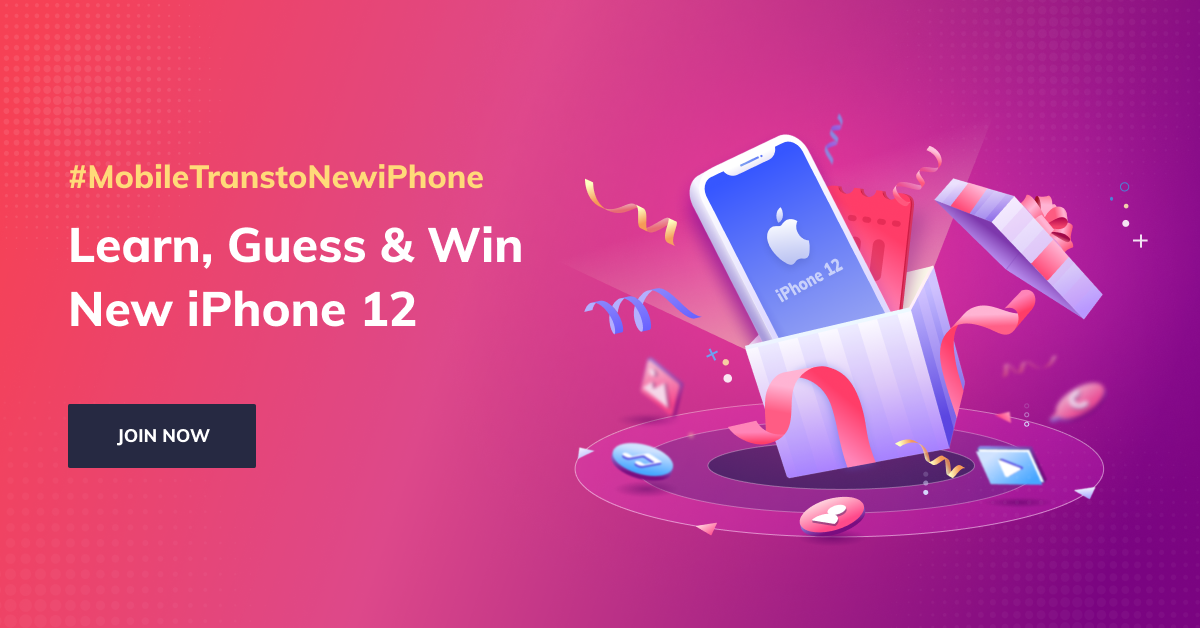The iPhone is stuck at some stage of the update process or completely bricked. At this point, iTunes cannot recognize your iPhone. Therefore, you can only resort to other options. You are about to flash your iPhone firmware with iTunes, but the installation just fails. Your iTunes fails to recognize your iPhone because it is bricked. Similar problematic situations include iTunes error 9, 4013, 4005, etc. 5. Your iPhone is stuck in the Recovery Mode or DFU Mode and iTunes cannot recognize the phone.
- After scanning, you can quickly find corrupt data by file type.
- FSCK stands for “File System Consistency Check,” and its purpose is to check and potentially repair the consistency of the file system on your hard drive.
- Here are the most commons reasons for iOS won’t update.
- Free up more storage space by deleting unwanted apps, photos, videos, cache, junk files, etc.
The iPhone could not be restored because the firmware file was corrupt. And the firmware file corrupt iPhone issue often happens when the computer isn’t able to find or recognize the right firmware files for your iPhone. With the release of iOS 16.4, many iOS users can’t wait to update their phone to enjoy the all‑new personalization features in iOS 16. However, there might be a situation when your device does not download or install the software due to some error. Whenever an iOS software update failed, you will see error messages saying “Software Update Failed” or “An Error Occurred Downloading iOS 16” (in the case of iOS 16).

Third-party apps interact with the firmware to ask for permissions, installations and compatibility. In simpler words, iPhone firmware is actually an operating system of the device just like windows. Every operation in your device is controlled by the firmware, for example, rebooting, opening camera or installing apps. Here’s how to solve this issue using Tenorshare Reiboot. It is recommended to do this single process of updating and closing all the other processes that are using the internet.
Open Finder on Mac or the latest version of iTunes on Windows. Then connect iPhone with a black screen to the computer with a USB cable that came with it. Enter the interface with iPhone photos, choose the target items and click the iCloud download button to download them to your computer. Then, choose the file types from the following interface. For example, to recover pictures download stock firmware, click Photos to continue.